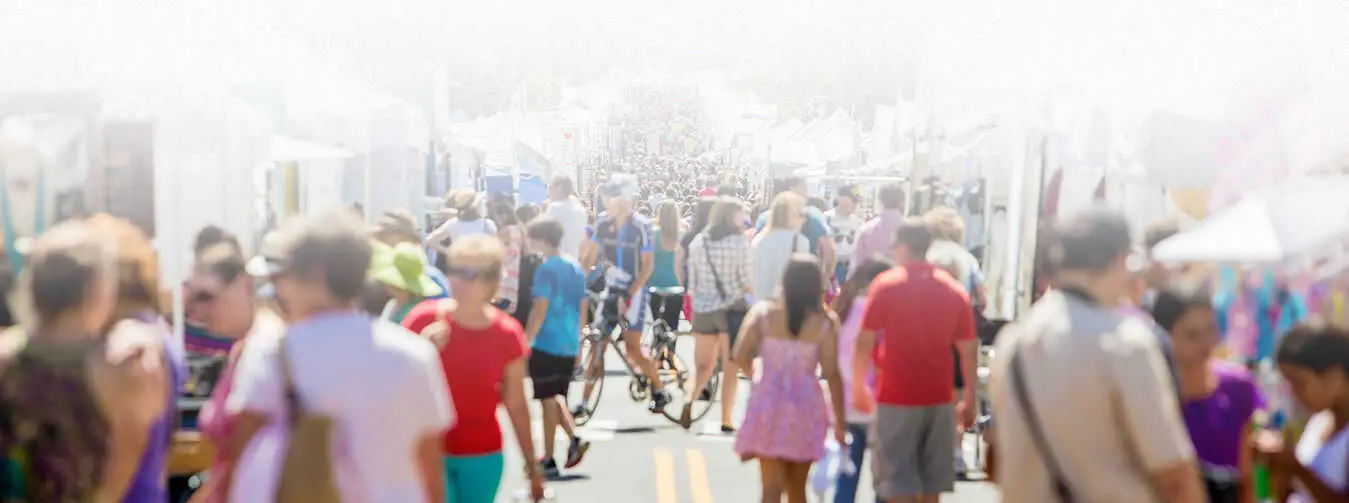
image courtesy ArtsyShark
1. Use Social Media Judiciously
People expect to be able to find your art online and learn more about you there. That's not a bad thing, but you want to be judicious. Don't make the mistake of trying to cater to every single platform out there. If you aren't careful you'll wind up with a full-time social media job and you won't have time for creating art!
Instagram is a great option for artists that combines user engagement with the ability to focus only on posting pictures or short videos. But, make sure the platforms work for you personally. If you don't understand how Pinterest works, skip that one. If you think your target audience is on Facebook more than Twitter, go for Facebook and take a pass on Twitter.
2. Don't Be Afraid to Go Live
Many platforms offer the chance to go live so your audience can see you creating. During your live show, you can also answer questions, like how you pick your colors, why you decide on a design, or even just something random about you. It's a connection they won't forget which can easily translate to sales.
Make sure you advertise when and where you'll be live before it happens. Set the date, spread the word, and get your audience talking about your upcoming live art presentation.
3. Know Your Brand and Present It Well
Curators for galleries are smart. They know artists are moving to social media and posting their work online for all to see. Your feeds need to be full of your best work and consistent with your "brand" as an artist. Curators want to know what they're getting when they offer you gallery space.
This doesn't mean you have to be perfect. Just be cognizant of sharing your best work consistently on social sites as you work on growing your art business. Your social profile should be a collection of work you are proud to present that looks and feels professional.
4. Be Flexible
What works for marketing your art and growing your business today might not work tomorrow. The advantage you have is that you're an individual artist, not a gallery. If something changes, you can adjust and make your new plan.
With this in mind, it's important to keep an eye on trends and see where other artists are having the most success in selling their artwork. Is it online? Which websites? Are they creating their own pages, or using a site like Etsy? These are all questions you can ask yourself when you start to see a dip in sales. A small adjustment could mean you're back to where you should be.
5. Be Persistent
Just because one method isn't working for you right away doesn't mean it won't ever work. When you show up on a new platform, it takes time to get going. As hard as it is, remember that this is not a personal thing.
The more persistent you are and the harder you work at getting your art out there, the more it will pay off. You won't always be the newest artist on Instagram. You won't always be the newest channel offering DIY classes on YouTube. It takes time to get established. Don't give up just because you aren't gaining thousands of followers in one day. It will happen!
Article Courtesy of ArtsyShark
Find More Art Fairs in your State.


